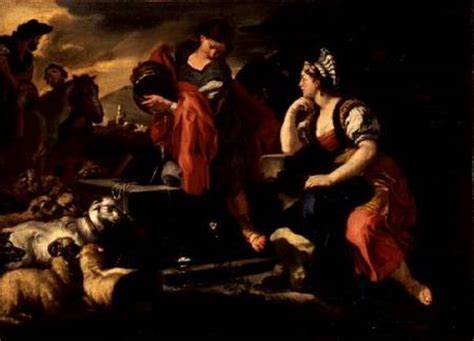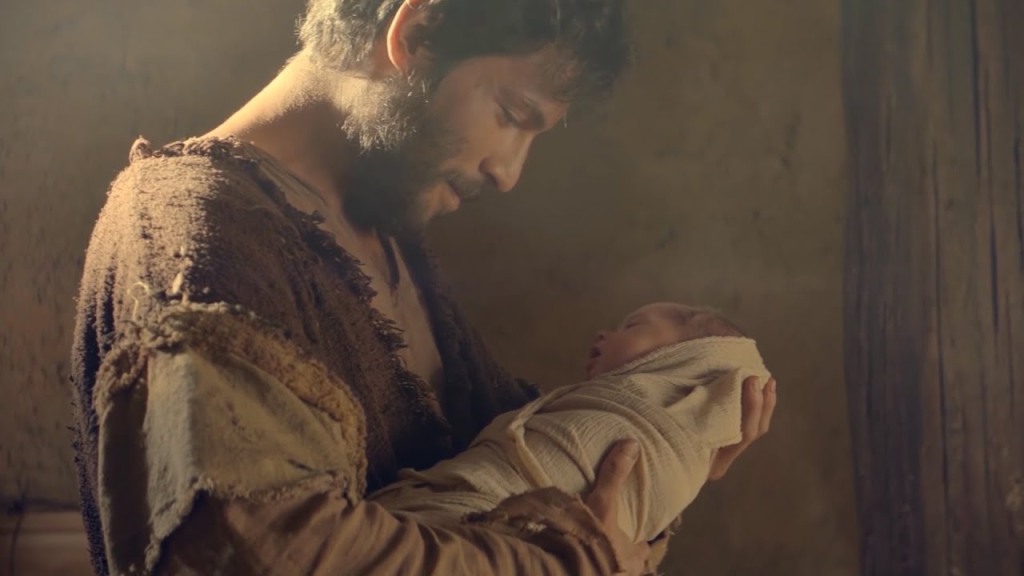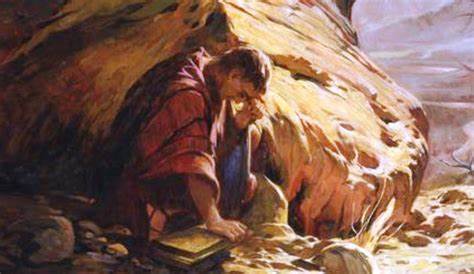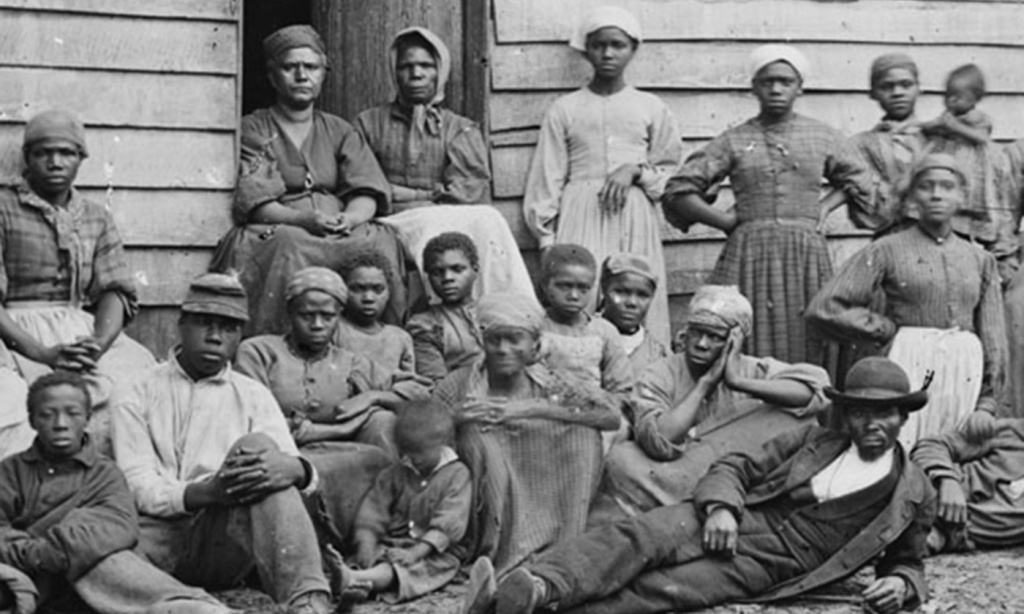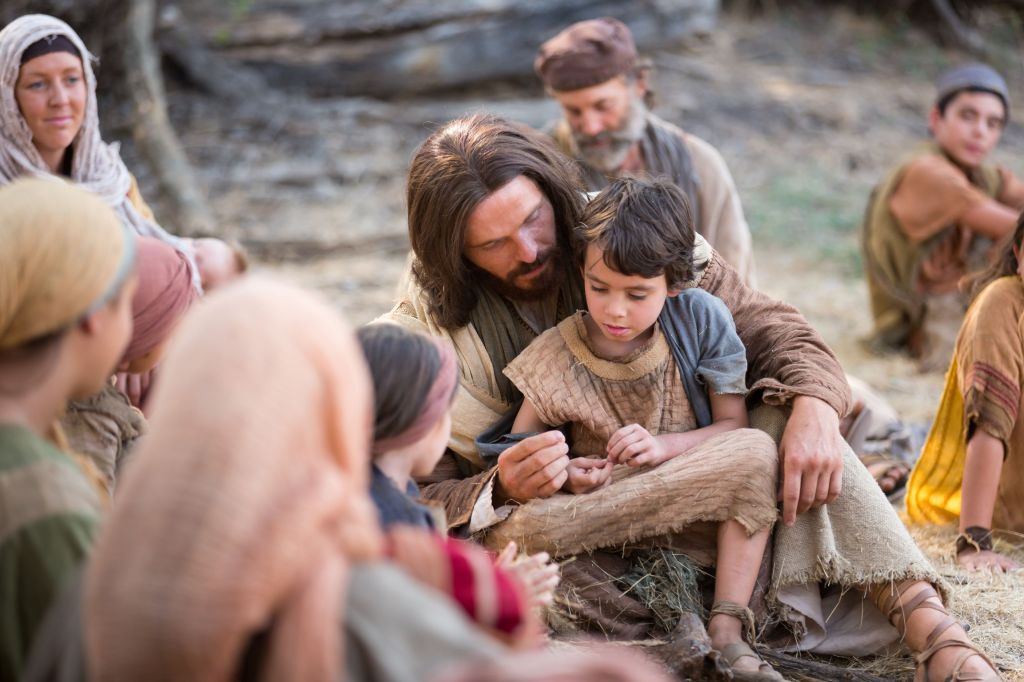by Lisa Bolin Hawkins, based on the talk, “The Sealing Power,” by Elder D. Todd Christofferson of the Quorum of the Twelve Apostles (Saturday morning session, October 2023; https://www.churchofjesuschrist.org/study/general-conference/2023/10/15christofferson?lang=eng)
Disclaimer
When we hear the words, “the sealing power,” we may think first about marriage. And we may think about the perfect families that seem to be everywhere held up as the example but that we seldom experience in real life. That is not what this lesson is about. The sealing power is much broader, is entwined with the purposes for which the Earth was created, and reflects the most tender and understanding love of our Heavenly Father and Jesus Christ for each one of us. The sealing power binds the human family together in ways that will take all circumstances into consideration, be characterized by utmost fairness, will respect your agency and sacrifices, heal your deepest wounds, and bring you joy. Everyone you love and are worried about now—perhaps including yourself—because you are thinking they are missing out or making unhappy choices will also have the opportunity to be healed by the sealing power. And we don’t know everything about how this will work, but we can be assured that fear of missing out is not an eternal principle and that, as the hymn says, “Earth has no sorrow that heaven cannot heal.” So I hope we can discuss the sealing power without poking at the bruises that may be on some of our hearts.
First, some background
The sealing power is what makes every ordinance, from baptism to the ordinances of the temple, effective in both time and eternity. It has existed in every dispensation from Adam’s to our own Dispensation of the Fulness of Times; the Prophet Elijah appeared to Joseph Smith and Oliver Cowdery in the Kirtland Temple (see Doctrine and Covenants 110) and gave them the keys of the sealing power (see Malachi 4:5–6; Joseph Smith–History 38–39). It brings authority and order to what could otherwise be chaos in knowing what ordinances have been performed for each individual and family. Through it we create a record on Earth and in heaven of our covenants with God.
The importance of temples and temple work
In this talk, Elder Christofferson describes three reasons for the gathering of Israel, but he focuses on the third reason–to enable the building and operation of temples, the places where some ordinances for the living and all ordinances for the dead must be performed. Elder Christofferson referred to this work in the temple:
“Here we see the majesty and sacredness of the sealing power—it makes individual salvation and family exaltation universally available to the children of God wherever and whenever they may have lived on the earth. No other theology or philosophy or authority can match such an all-inclusive opportunity. This sealing power is the perfect manifestation of the justice, mercy, and love of God.”
This is the principle that most attracted me to the Church. I knew that Jesus had told Nicodemus that “except a man be born of water and of the spirit, he cannot enter the kingdom of God” (John 3:5) and to me that meant that everyone who was going to heaven had to be baptized. That didn’t seem fair to me, because so many people live at times or places or in situations where they cannot understand and accept the gospel of Jesus Christ. I was so happy to learn that God had prepared a way for everyone to be baptized and receive other ordinances that I hadn’t even known about.
So, as a good temple and family history consultant, I have to ask you: Why is it important to do temple work for people, including our ancestors, now?
(1) So we have that opportunity to participate in the important work of gathering Israel on the other side of the veil. This is a great service opportunity that blesses us as it does those for whom we perform this work.
(2) So people who have accepted the gospel in the spirit world have the opportunity to progress—to accept and keep covenants as they live in the next life.
(3) So we can preserve the needed time in the temples during the Millennium for all the people whose work was done incorrectly who will need their work redone and relationships sorted out. And for all the people for whom there are no discoverable records who will need their work done during the Millennium. About 105 billion people have been born so far on Earth, according to Wikipedia, with about 140 million more people being born every year. Only a fraction of those have records that allow them to have their temple work done now. Most people have lived and died leaving no records that we can discover. Other people’s family relationships were purposefully not recorded or their records were destroyed, as with African slaves in the United States and other enslaved or conquered people. All these people will need to have their families identified and temple work done during the Millennium. Maybe some of those connections are being made and recorded now in the spirit world, and so when Christ comes to reign during the Millennium, those who are living can start with those records. But those billions of people will need their work done, one by one, by proxy in the temples. So when you think that the Church is building a lot of temples, remember that they will probably all be working 24/7 (or at least 24/6) during the Millennium, for the people whose work can only be done during that time.
The sealing power is for imperfect families
Some of us have not had the opportunity to be sealed to a spouse or to our families or perhaps to anyone. Some of us can’t imagine spending eternity with some of the people we are sealed to.
In my family’s case there was terrible physical and emotional abuse. I was not sure when I joined the Church that I wanted to be sealed to my father. But wanted to be sealed to his family and my mother’s family, people I knew and loved, and people for whom I spent years researching their genealogy and performing their temple work. In order to be sealed to all the people in my family, I had to seal my father and mother to each other (even though I doubt that they would accept that ordinance) and me to them.
Also, as time went on, I would attend the temple and participate in proxy sealings of daughters to parents there, and was touched as the sealer said, “I seal you to your father and to your mother as though you had been born in the new and everlasting covenant, possessing and receiving as an heir with all the children all the blessings pertaining to” that covenant. I wasn’t sure what difference that would make in my life, but it was something I wanted.
My mother died when I was 30, in 1985, but my father didn’t die until 2019, when I was 64. This was when you had to wait a year after the person died, so on February 6, 2020, my husband, Alan, and I went to the temple and Alan was proxy for my father for his individual ordinances and we sealed my father to his parents. We sealed my parents to each other and me to them. I don’t know if it was a great day for my father, but it was a great day for me—finally I was sealed to my family as though I had been born in the new and everlasting covenant. And about two weeks later, the world shut down for the Covid pandemic, so I was glad we hadn’t dallied.
So, we may perform these ordinances even knowing that our families are far from perfect and that the relationships they bind are not necessarily going to be eternal links. But in our lives here and now we can’t know which links we or others will choose to have as part of our lives in eternity and which we won’t.
Elder Christofferson said, “Without the sealing power to connect families together across the generations, the purpose of earth’s creation would be frustrated, or ‘utterly wasted.’”—this is what the Prophet Elijah was referring to. President Gordon B. Hinckley said that “if nothing else came out of all of the sorrow and travail and pain of the restoration than the sealing power of the holy priesthood to bind together families forever, it would have been worth all that it has cost” (Teachings of Gordon B. Hinckley [1997], 475–76). And Elder David A. Bednar taught, “One link in the chain of your generations may have been broken, but the other righteous links and what remains of the chain are nonetheless eternally important. You can add strength to you chain and perhaps even help to restore the broken links. That work will be accomplished one by one” (“A Welding Link” [worldwide devotional for young adults, Sept. 10, 2017], Gospel Library).
C. S. Lewis taught that heaven works backward to heal our wounds. Lewis wrote in The Great Divorce: “Ye cannot in your present state understand eternity. … [This] is what mortals misunderstand. They say of some temporal suffering, ‘No future bliss can make up for it,’” —in other words, no future happiness can make up for the suffering I endured or the opportunities I missed. But, Lewis continues, we do not know that “Heaven, once attained, will work backwards and turn even that agony into a glory. … And that is why, at the end of all things, … the Blessed will say, ‘We have never lived anywhere except in Heaven.’” (The Great Divorce, Macmillan, 1977, 67–68.)
I think that this idea expresses what is meant by the “infinite and eternal” Atonement of Jesus Christ (see Alma 34:8–16)—He made the Atonement during His mortal life, but that Atonement reached back through time to be effective for every person who had ever lived and forward to every person who would ever live, including you and me. Somehow for the Lord, His agony became a glory. And somehow for us, our agonies can, in the healing processes of time and eternity, become glories.
You, your family, and the whole world through the generations can be healed by the incredible gift of the sealing power that the Lord has given to us. To quote from a poem by e. e. cummings:
“here is the deepest secret nobody knows
(here is the root of the root and the bud of the bud
and the sky of the sky of a tree called life;which grows
higher than soul can hope or mind can hide)
and this is the wonder that’s keeping the stars apart”
Imagine that the Savior is saying this to you:
“i carry your heart(I carry it in my heart)”
(e. e. cummings, “[i carry your heart with me(i carry it in],” https://www.poetryfoundation.org/poetrymagazine/poems/49493/i-carry-your-heart-with-mei-carry-it-in)









